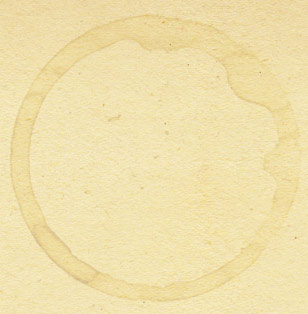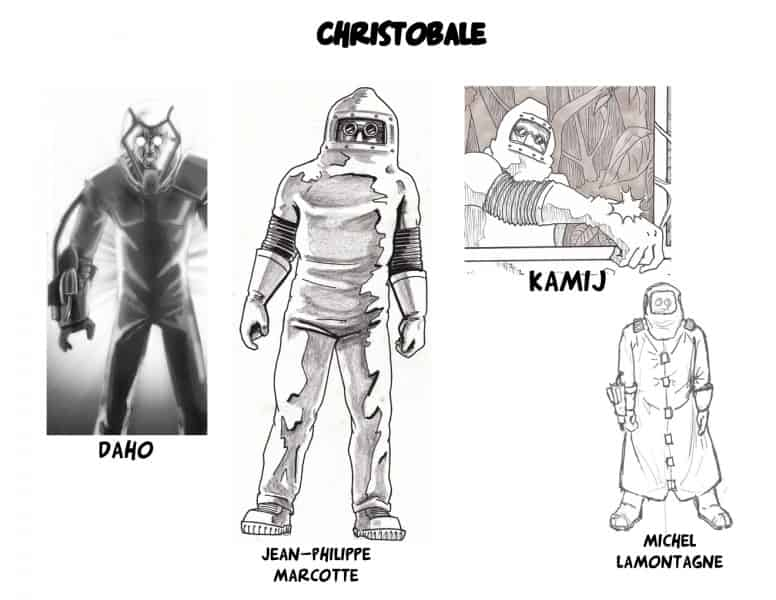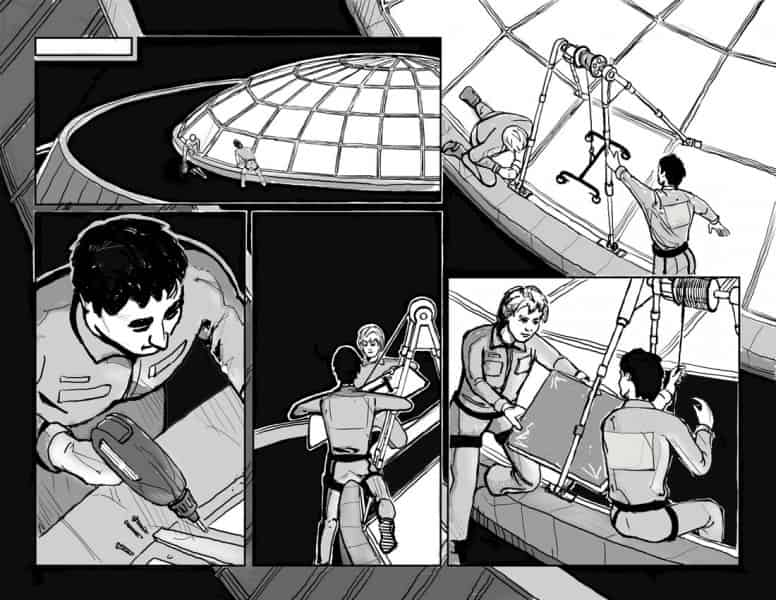Bonus
-
Same Gesture, Two Visions
The idea of self-sacrifice is an interesting one. When a hero does it, it’s chivalrous or a way of getting around a deadlock. But when a villain does it, it’s because he’s “hot headed,” and the gesture seems to lose all nobility. Often, a villain who sacrifices himself does it because he’s trapped and has no other way out. A sane person would just give in. So then, how do we explain such a radical gesture? Can we imagine that a villain might sacrifices himself because he’s always lived on the fringes of society and can’t accept anyone making him do anything—even up to the end? We are not trying to embellish the gesture here, but to find a rational explanation to a question that is surely ultimately unanswerable.
-
Sacrificing the Bad Guy
There are scenes we see when we are young that stay with us. At the end of season one of the Grendizer cartoon series, one of the main villains, Colonel Blaki, sacrifices himself in an attempt to defeat his opponent and allow his superior to leave the battlefield (see picture). We loved this gesture and it came to somewhat inspire Roslo’s actions in the story “Self-sacrifice.”
-
The Source of the Consortium Name
The Consortium is strongly inspired by the Corporation, which appeared in Captain America in the late 70s. It consisted of a group of businessmen who were involved in criminal activities to increase their riches and their influence.
-
Christobale’s Many Looks
-
Exclusive Panel





